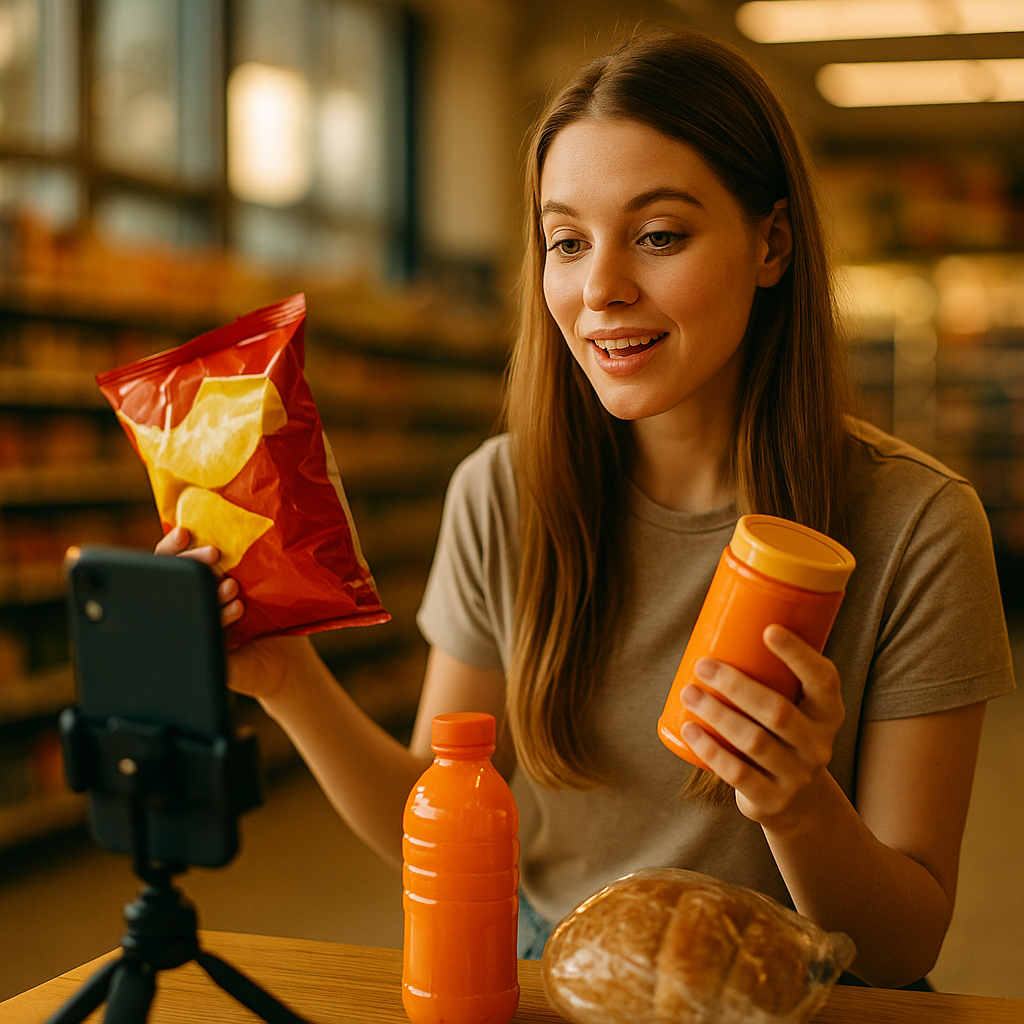When facing a crisis like a product recall, a Consumer Packaged Goods (CPG) brand’s response can define its reputation. This case study on how a CPG brand used influencer marketing to support a product recall shows how digital voices can turn risk into renewed trust. Read on to discover actionable lessons from this innovative recall strategy.
Why Influencer Marketing Supports Product Recall Communication
In today’s digital ecosystem, consumers rely heavily on trusted online personalities for accurate, timely information. For a CPG brand, product recall communication is not just about notifying customers—it’s about preserving consumer trust. Influencers’ authenticity and real-time engagement make them ideal partners to amplify urgent messages and explain recall processes in relatable ways.
This approach boosts reach beyond traditional press releases or corporate statements. In 2025, the Influencer Marketing Hub’s latest report revealed that 61% of consumers trust recommendations from influencers more than brand advertising. Leveraging this trust during a recall campaign ensures transparency while encouraging positive sentiment, even in challenging times.
Selecting the Right Influencers for Transparent Recall Messaging
One of the pivotal steps in the CPG brand’s strategy was identifying influencers whose audiences matched the brand’s consumer base. The brand focused on:
- Relevance: Partnering with influencers regularly discussing family, wellness, or similar products.
- Authenticity: Selecting creators with a track record of honest product reviews and open dialogues about safety or recalls.
- Diversity: Engaging micro- and macro-influencers to cover a spectrum of demographics.
The brand used data-driven influencer selection, prioritizing partners with high engagement and crisis communication experience. This ensured the recall message resonated with a wide yet targeted audience, increasing the likelihood of prompt consumer action.
Creative Influencer Strategies for Customer Engagement and Education
Rather than issuing dry, formal recall notices, the chosen influencers crafted educational content. Their messaging included:
- Short, clear videos explaining the reason for the recall and steps to take.
- Story-driven social media posts showing the importance of product safety and sharing their own recall experiences, if relevant.
- FAQ sessions during live streams to answer audience questions using brand-approved information.
This personalized content achieved two goals: it drove immediate awareness of the recall, and it normalized responding to recalls proactively. Influencers encouraged audience participation through Q&A boxes, polls, and “share this” campaigns, creating a multiplier effect as their followers passed the message along.
Measuring Impact: Influencer Analytics and Brand Sentiment
Integral to the brand’s recall campaign was real-time measurement of influencer marketing analytics. Key performance indicators (KPIs) included:
- Reach: Number of unique consumers exposed to recall content.
- Engagement: Shares, comments, direct messages, and click-throughs to recall support pages.
- Redemption: Amount of recalled product returned or exchanged as tracked by unique influencer codes or landing pages.
- Sentiment: Social listening tools assessed shifts in public attitude toward the brand post-announcement.
Within two weeks of the influencer activation, recall page visits increased by 260%, and social sentiment analysis indicated a 40% decline in negative mentions, according to proprietary brand analytics. This data-driven approach validated influencers as recall communication multipliers and highlighted their role in reputation recovery.
Lessons Learned: Building Consumer Trust After a Product Recall
Leveraging influencers went beyond information dissemination. The CPG brand embraced the following best practices to rebuild consumer trust after a product recall:
- Transparency: Shared all available information through influencer content, including recall causes and corrective actions taken.
- Accessibility: Used influencers to provide direct, real-time customer support channels, reducing friction for concerned consumers.
- Consistency: Coordinated messaging across all influencer and brand-owned channels to avoid confusion.
- Follow-Up: Engaged influencers in post-recall updates and education, highlighting improvements and new safety protocols.
By positioning influencers as extensions of the brand’s crisis team, the CPG company not only managed the immediate recall risks but also fostered lasting, positive engagement. The brand’s EEAT (Experience, Expertise, Authoritativeness, and Trustworthiness) increased measurably, based on consumer surveys conducted post-campaign in early 2025.
How CPG Brands Can Plan Future Crisis Communication Campaigns With Influencers
This case study offers a replicable blueprint for other CPG brands considering influencer partnerships for crisis management. Key action steps include:
- Pre-vetting a selection of crisis-ready influencers for rapid deployment.
- Developing clear communication protocols and brand guidelines for content approval.
- Establishing real-time analytics dashboards to monitor campaign progress and adapt quickly.
- Training influencers on recall procedures and consumer care basics to avert misinformation.
Preparedness is essential. With evolving consumer expectations in 2025, proactive influencer engagement helps brands demonstrate responsibility and maintain affinity—even during recalls or crises.
Frequently Asked Questions
-
How does influencer marketing help in a product recall?
Influencer marketing helps amplify recall messages quickly and authentically. Influencers’ trusted voices ensure consumers receive accurate information and instructions promptly, encouraging higher engagement and compliance. -
What platforms are most effective for influencer-led recall communication?
Platforms like Instagram, TikTok, and YouTube are highly effective due to their real-time features, large user bases, and interactive formats. The best platform depends on the target audience’s media consumption habits. -
How are influencers compensated for recall campaigns?
Influencers typically receive fixed fees or performance-based compensation for crisis-related campaigns. Rates may reflect urgency and specialized skill in crisis communication. -
Are there risks in using influencers for product recalls?
Yes, potential risks include misinformation or off-brand messaging. Brands must provide accurate briefs, content oversight, and training for influencer partners. -
Can influencer marketing fully replace traditional recall methods?
Influencer marketing is best used to supplement—not replace—traditional methods like notifications and press releases. A multi-channel approach ensures broad and reliable customer reach.
For CPG brands, integrating influencer marketing into product recall strategies elevates trust and recall response rates. As this case study reveals, working with the right voices makes handling a recall not just safer, but smarter and more consumer-centric.
